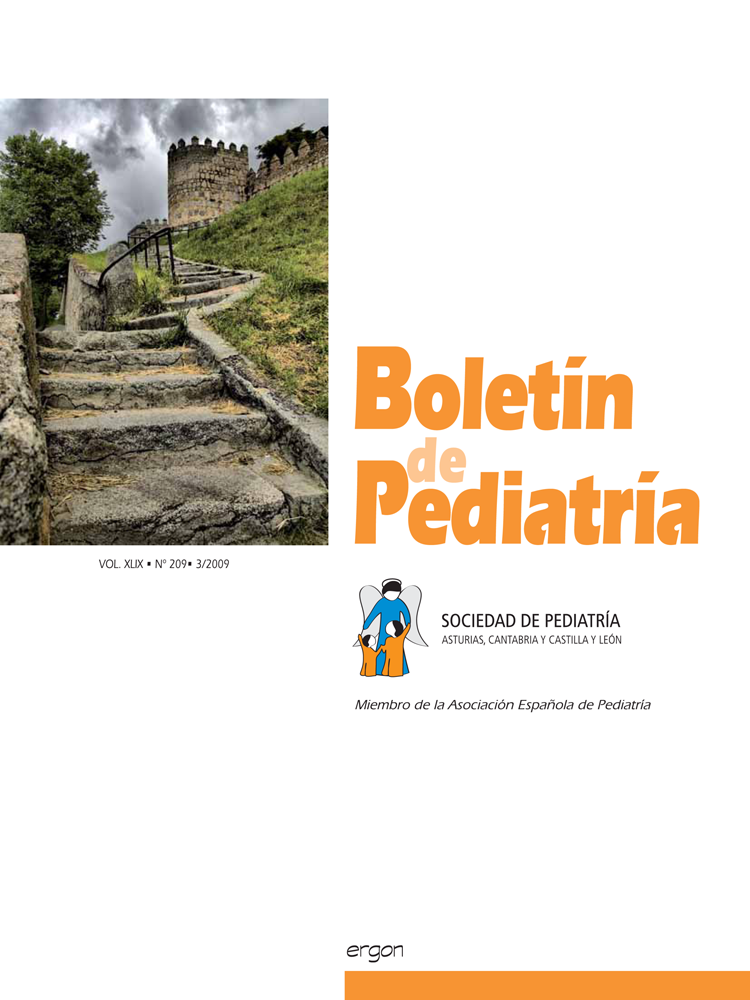Abstract
Background: The pyloromyotomy procedure with umbilical or supraumbilical incision is generally performed under general anesthesia. Potential morbimortality is associated with postoperative apnoea and pulmonary aspiration. Spinal anesthesia may contribute to decrease these complications.
Patients and methods:We report a retrospective study of 60 patients with congenital pyloric stenosis (CPS). We analyzed the age at diagnosis, symptoms, anesthesia and postoperative outcome. Fifty patients received general anesthesia with atropine, fentanyl, propofol, succinylcholine and sevoflurane. Ten patients underwent spinal anesthesia with hyperbaric bupivacaine 0,5% and bolus of propofol for sedation.
Results: Mean age at diagnosis was 34,07 days. All the patients were admitted because of projectile vomiting, with weight loss (33,3%), irritability (15%), dehydratation (6,6%), jaundice (5%) and constipation (5%). Mean time of symptoms was 4,8 days. The diagnosis was made with abdominal ultrasounds in all patients. In case of spinal anesthesia, the blockade was effective in less than 10 minutes, the sensory level was between T3-T5 and it lasted a medium time of 60 minutes. In no case we registered bradycardia <100 beats/minute, saturation <95%, apnoeas >15 seconds, or changes in arterial pressure >15%. Start of oral intake began 18,7 hours postsurgery in the general anesthesia group, and 9,5 hours in the spinal anesthesia group, although there was no statistically significant differences. One patient of the general anesthesia group was admitted in the pediatric intensive care unit for prolonged apnoea.
Conclusions: Spinal anesthesia for pyloromyotomy is a safe alternative to general anesthesia. The surgical incision and conditions are the same as those related to general anesthesia. Our results suggest that the beginning of oral intake and total hospital stay could be reduced.

This work is licensed under a Creative Commons Attribution-NonCommercial 4.0 International License.
Copyright (c) 2009 Boletín de Pediatría
